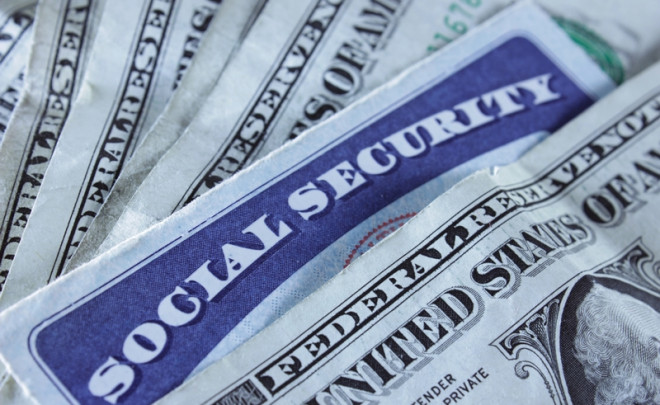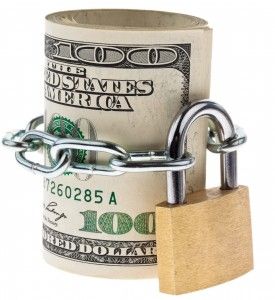Many taxpayers facing a levy from the IRS, after receiving a Final Notice Of Intent To Levy, need to be aware that a levy can reach beyond their bank accounts or wages. In this blog we will be discussing the different types of collection action that falls under the term levy and what can be done to avoid them.
What Does The Term Levy Cover?
Congress has given the IRS authority to collect taxes owed by enforcing a levy (Internal Revenue Code (“IRC”) § 6331). Specifically, the IRC states, “It shall be lawful for the Secretary to collect such tax by levy upon all property and rights to property belonging to such person or on which there is a lien provided.” Here we see that the levy is not simply limited to a taxpayer’s wages or bank accounts.
The most common items the IRS will levy are:
- Wages or Commissions
- Bank Accounts

- Social Security Benefits
- Retirement Accounts
- Dividends
- Licenses
- Rental Income
- Accounts Receivable
- The Cash Loan Value Of A Life Insurance Policy
The IRS is also able to seize and sell property the taxpayer holds such as real estate, car, boat, etc. It is also important to note that property the taxpayer holds jointly with someone else is fair game for the IRS to levy if the taxpayer’s name is attached to the item.
Example:
Husband and wife owe the IRS $20,000 and are issued a Final Notice of Intent To Levy, which they ignore. The husband and wife also have their names attached to their 19 year old daughter’s bank account. In this bank account is money substantial enough to pay the IRS in full but, the money is intended for the daughter’s tuition and school expenses. Because the husband and wife are attached to this bank account, the IRS is able to levy the account for the entire liability amount that is owed.
Requirements the IRS must meet before issuing levy

The IRS is not simply allowed to levy a taxpayer immediately after a tax liability arises. They must follow a set of procedures before collection action can be taken. Additionally, the taxpayer can always take steps during this process to prevent collection action.
- The IRS must first fully assess the tax liability and issue a Notice and Demand for Payment. This is effectively an amount due notice.
- The taxpayer must then neglect or refuse to pay the tax bill before the IRS can proceed. Generally, the IRS will give the taxpayer 30 days to respond to the Notice and Demand for Payment.
- The IRS could issue a Notice of Intent to Levy or further demand for payment but, they may also move straight to issuing a Final Notice of Intent to Levy and Notice to Your Right to A Hearing. Once the Final Notice is sent, the taxpayer has 30 days to respond by either paying the balance in full or setting up some other agreement to pay the liability. Typically, the Final Notice will be sent certified mail but, they may also give this to the taxpayer in person or at their place of business.
After the 30 days is up the IRS can freely levy the taxpayers property as discussed above. For more information you can visit the IRS’s page What Is A Levy?
How to avoid an IRS levy if you owe taxes
First, you’ll want to pay close attention to the notices the IRS will be sending you. By responding to these in a timely manner you may be able to setup an agreement with the IRS for repaying the tax debt through a payment plan, offer in compromise, or perhaps you qualify for a hardship status. For more information on the IRS Offer In Compromise see our blog, Offer In Compromise: How Much To Offer The IRS.

What If A Levy Already Occurred
In the case of a bank levy, the IRS will issue the bank a withholding order on the taxpayer’s account or accounts. Depending on how much is in the account at the time of the levy and how much is owed, the IRS is able to levy the account for up to the amount that is owed.
The IRS requires the bank to freeze the money in the account (and hold on to the money) for 21 days. Then, after the 21 days passes the bank will send the money to the IRS. During this 21 day period the IRS must be contacted in order to have the levy released. This can be done by setting up an agreement to repay the balance that is due and providing financial information proving that the money that was levied, if kept, would create a financial hardship. Once this has taken place the IRS should issue the bank a release order so the bank can place the money back into the taxpayer’s account.
As for wage garnishments you will want to review our blog, A Deeper Look At How To Stop The IRS From Garnishing Your Wages. If you are dealing with a levy on your social security benefits, see our blog, What You Need To Know If The IRS Levies Your Social Security Benefits.
Conclusion
When dealing with an IRS levy there are definitely opportunities to avoid collection action. Ignoring the initial notices or thinking the problem will go away on its own is certainly not the answer. It is recommended when dealing with active collections or the threat of collections that a tax professional be consulted to determine the best course of action. Nevertheless, the most important takeaway is to avoid ignoring the tax issue because doing so will likely create a bigger problem down the line.
